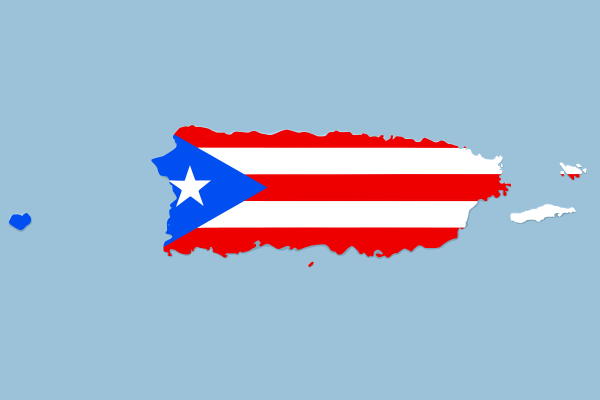World War Three?
The United States Navy has sent a patrol ship into the South China Sea. Specifically, the United States sent a warship near one of the artificial islands that China has been building and inside the territorial waters that China has claimed. This may seem like a very provocative act, but it is one small part of a much larger saga that is playing out in Asia and the South China Sea.
Eighteen months ago, China began building artificial islands on reefs that were claimed by many of its neighbors, including the Philippines and Vietnam. China claims it owns these islands due to “ancestral rights” and that do not plan to militarize them, but it is building airstrips on these islands capable of launching bombers. Most analysts see this as a challenge to United States naval dominance of the Pacific.
The United States is not breaking any international law. Under freedom of navigation, any navy can sail within another country’s territorial waters as long as they do so without menacing behavior. A few months ago, the Chinese navy sailed five warships off the coast of Alaska with no complaint from the United States government. But for the last few years, the United States has in large part disengaged with the Asia and the Pacific despite President Obama’s declared pivot – to the chagrin of our allies in the region. In the last few months, however, China has become more assertive in staking its claims and pushing around its smaller neighbors, essentially forcing the United States to act.
These kinds of situations can be dangerous since one miscalculation on either side could find the United States and China at each others throats. China is a rising power seeking more control over its backyard. The United States is the dominant power and has enforced an unprecedented level of security and peace in Asia that has allowed for growth and development. In contrast with the Middle East, where the United States is largely seen as the enemy, many Asian nations welcome U.S. intervention.
The most worrisome part of China’s expansion is that the waters it claims are home to 30 percent of the world’s maritime trade. Most goods are still moved by ship. While China has made no immediate action towards closing the trade lanes, the islands it is building are in strategic locations. If China develops military outposts on these islands it will control the South China Sea, which will end any territorial disputes it has with its neighbors because none of them have the strength to challenge China’s navy. China will also be able to shut down trade and block U.S. ships from being able to defend Taiwan. U.S. planes and ships are being harassed by China while they conduct perfectly legal patrols. China has been given a free hand in its backyard for too long, and it is good that the United States is finally pushing back.
The United States rightly takes no position on the territorial dispute. The United States is not a parent that needs to meditate disputes. Who owns what islands and reefs should be left up to the international tribunal that is dealing with the issue. But the United States needs to make it very clear that it will not allow China to disrupt a world order that has allowed for worldwide growth. It should reassure its allies that it is committed to preserving its presence in the Pacific whether or not that involves force. The United States’ Navy is already conducting joint exercises with Japan and India and other Asian countries, and it should continue and increase the frequency of these exercises. Many of our allies are trying to purchase new ships to update their navies in order to compete with China and we should happily provide them. But most importantly, China should be made aware of the consequences of challenging the prevailing order and be reminded of the benefits that come from working together to promote peace in the region.




